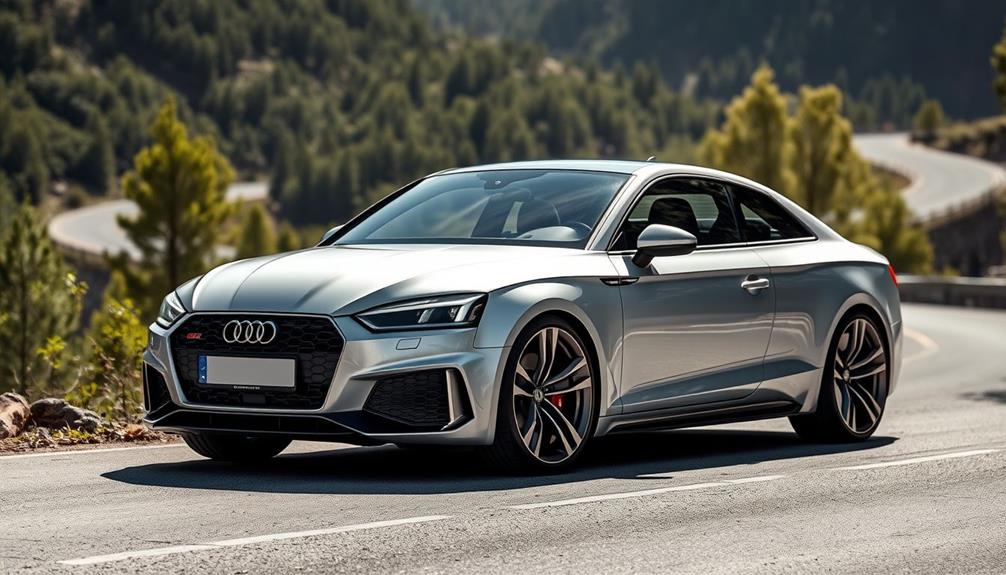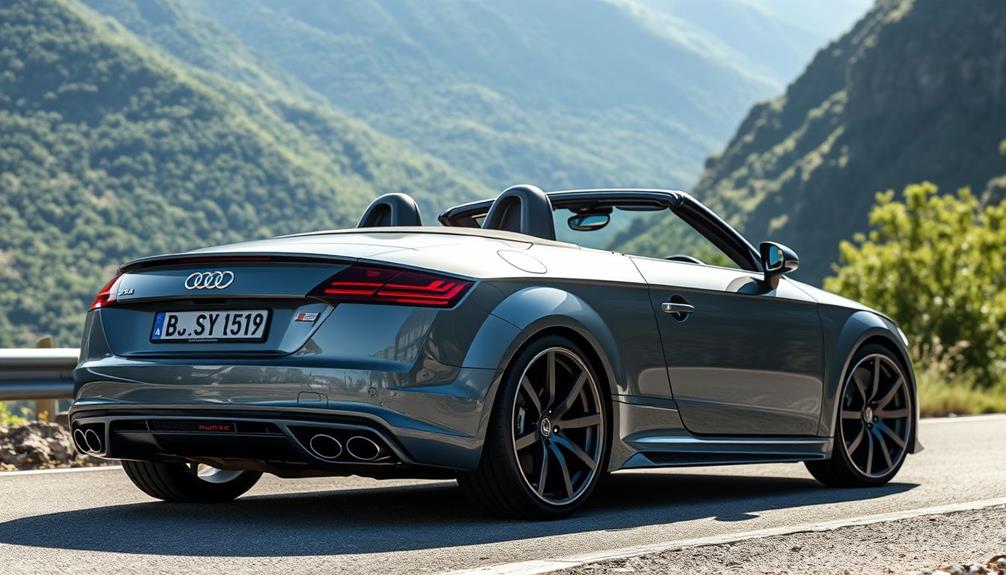To safely push your EA888 Gen 3 engine past 400 HP, focus on upgrading the fuel system with high-capacity injectors and pumps, and improve cooling with larger radiators and intercoolers. Properly tune your ECU to optimize performance while protecting engine health. Regular maintenance and monitoring are essential to avoid stress on components. For detailed steps and expert tips, continue exploring proven methods to maximize power without compromising reliability.
Key Takeaways
- Upgrade fuel injectors and pumps to ensure adequate fuel delivery for higher horsepower levels safely.
- Enhance cooling systems with larger radiators and intercoolers to manage increased heat output effectively.
- Conduct a professional, custom ECU tune tailored to your upgraded fuel and cooling components for optimal performance.
- Use high-quality, reliable parts designed for high-power applications and perform regular maintenance checks.
- Balance all modifications holistically, monitoring engine parameters to prevent over-stressing components and ensure longevity.

If you’re aiming to push the EA888 Gen 3 engine past the 400 horsepower mark, it’s essential to understand how to do so safely and reliably. Achieving higher power levels isn’t just about adding more boost; it requires a comprehensive approach that includes proper fuel upgrades and effective cooling solutions. Without these, you risk damaging your engine or facing significant reliability issues down the line.
First, focus on fuel upgrades. As you increase boost pressure and airflow, your engine demands more fuel to maintain the right air-fuel mixture. Upgrading your fuel system is crucial. This often involves installing higher-capacity fuel injectors that can deliver the additional fuel your engine needs without leaning out under boost. You might also consider a high-flow fuel pump to ensure consistent delivery, especially when running aggressive tune settings. These upgrades help maintain optimal combustion, reduce the risk of knocking, and support the increased power levels you’re targeting. Remember, a tune tailored to your upgraded fuel system is essential to maximize performance and safeguard engine longevity.
Upgrade fuel injectors and pumps to support higher boost and airflow safely.
Cooling solutions are equally vital. The more power you push, the more heat your engine produces. Without adequate cooling, heat can lead to knocking, pre-ignition, and even engine failure. Upgrading your cooling system might include installing a high-capacity radiator, an aftermarket intercooler with improved heat dissipation, or even a water-methanol injection system for extreme setups. An upgraded intercooler reduces intake air temperatures, allowing you to run more boost safely. Proper cooling not only enhances performance but also ensures consistent power delivery during spirited driving or track sessions. Don’t overlook oil cooling—an upgraded oil cooler helps maintain proper lubrication and reduces thermal stress on engine components. Additionally, selecting a hybrid approach that combines different cooling methods can further optimize heat management for sustained high-performance driving.
Combining these upgrades with a robust tune ensures your EA888 Gen 3 engine can handle the increased power reliably. It’s also wise to invest in quality parts and work with professionals experienced in high-power builds. Regular maintenance, monitoring of temperatures, and keeping an eye on fuel pressures are key to avoiding costly setbacks. Pushing your engine beyond 400 horsepower isn’t just about adding performance parts; it’s about creating a balanced system where fuel and cooling are optimized for reliability. When done correctly, you’ll enjoy significant gains without sacrificing engine life. Remember, safety and reliability should always come first in your tuning journey.
Frequently Asked Questions
What Are the Long-Term Durability Risks of High-Horsepower Modifications?
When you push your engine beyond its stock limits, you risk increased engine wear and accelerated component fatigue. High-horsepower modifications put extra stress on parts like the pistons, rods, and turbochargers, which can shorten their lifespan over time. If you don’t reinforce or upgrade these components, you might face more frequent repairs, reduced reliability, and potential engine failure, ultimately compromising your vehicle’s long-term durability.
How Does Increased Power Affect Fuel Economy?
Think of your engine as a finely tuned race car—when you push for more power, your fuel efficiency takes a hit, like a sprinter running uphill. Increased power often results in heavier throttle response, making you tap the gas more aggressively. This means you burn more fuel per mile, reducing your overall fuel economy. So, while gains in horsepower thrill, they come at the cost of efficiency and longer trips to the pump.
Are There Specific Warranty Concerns With Tuning Beyond 400 HP?
When you tune your EA888 Gen 3 engine beyond 400 HP, warranty implications are significant. Manufacturers often see aftermarket tuning as voiding factory coverage, especially if the modifications cause engine issues. Be aware that warranty coverage may no longer apply, and repairs related to tuning might be denied. Always check your vehicle’s warranty policy and consider professional tuning services to minimize risks and protect your factory coverage.
What Are the Best Cooling Solutions for High-Performance Builds?
Oh, because who doesn’t want their engine to feel like it’s in a sauna, right? For high-performance builds, you’ll want to upgrade your intercooler to handle that extra heat. Pair it with a beefed-up coolant system, including better radiators and pumps, to keep things cool under pressure. This combo guarantees your engine stays happy, even when running past those 400 HP milestones, without meltdown drama.
How Does Increased Power Impact Transmission and Drivetrain Longevity?
When you increase power, your drivetrain experiences more stress, leading to faster component wear and potential failures. This added stress can strain the transmission and other drivetrain parts, reducing their longevity. To mitigate this, you should upgrade components like the clutch, axles, and transmission internals, and guarantee proper maintenance. Failing to address these issues may result in costly repairs and reduced reliability over time.
Conclusion
Remember, the road to power is a marathon, not a sprint. By upgrading your turbo, fueling system, and tuning carefully, you can push your EA888 Gen 3 engine past 400 HP safely. Always prioritize quality parts and professional installation to keep your engine reliable. Don’t forget, steady wins the race—patience and proper care will ensure your boosted beast performs at its best for miles to come. Trust the process, and enjoy the power responsibly.










